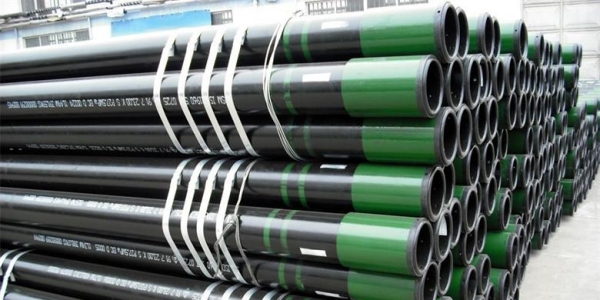La carcasa Borewell se usa ampliamente en la industria del petróleo y el gas, pero es susceptible a la corrosión, lo que afecta su funcionamiento normal. Por lo tanto, es muy necesario tomar medidas anticorrosión eficaces y realizar inspecciones periódicas de las carcasas que hayan adoptado medidas anticorrosión. Este artículo presentará en detalle el método de detección anticorrosión de la tubería de revestimiento de pozo. Continúe leyendo para obtener más información.

Métodos de detección adecuados para tuberías de revestimiento Borewell:
1. Inspección visual
La inspección visual es actualmente uno de los métodos de inspección anticorrosión más utilizados. Al inspeccionar la superficie exterior de la carcasa, determine si hay defectos como óxido, descamación, grietas, etc. en la superficie de la carcasa. Sin embargo, este método requiere participación manual, requiere mucho tiempo y costos de mano de obra, se ve fácilmente afectado por la conciencia subjetiva del personal y no puede evaluar con precisión el grado de corrosión de la carcasa.
2. Medición del espesor del recubrimiento
La medición del espesor del recubrimiento es otro método de prueba anticorrosión común que se puede utilizar para medir el espesor de un recubrimiento. Este método puede determinar si el recubrimiento de la tubería alcanza el espesor diseñado y puede detectar si el espesor del recubrimiento es uniforme. Pero este método no puede medir el grado de corrosión debajo del revestimiento.
3. Dielectric constant test
The dielectric constant test uses the characteristics of electromagnetic waves passing through the casing to detect the corrosion degree of the inner and outer walls of the casing. This method has the advantages of fast, accurate and non-contact, and is suitable for the detection of long casing cross-sections. However, this method is not suitable for detecting corrosion under coatings.
Detection Methods Suitable for Borewell Casing Pipe:
1. Ultrasonic testing
Ultrasonic testing uses ultrasonic probes to detect the inner and outer walls of the casing, which can detect the corrosion degree and thickness of the inner and outer walls of the casing. This method has the advantages of high precision and efficiency, and is suitable for the detection of long-distance casing. In addition, this technology can use automated instruments for detection and reduce manual intervention.
2. Electrochemical corrosion monitoring
Electrochemical corrosion monitoring is a method that uses electrochemical principles to monitor corrosion. The advantage of this method is that it can monitor corrosion conditions in real time and quantitatively analyze corrosion behavior, which is beneficial to formulating corresponding preventive measures.
3. Infrared temperature measurement
Infrared temperature measurement uses an infrared thermal imaging camera to measure the temperature of the surface of the casing, which can determine whether there is corrosion on the surface of the casing. This method has the advantages of fast, accurate and non-contact, and is suitable for the detection of short casing cross-sections.
In view of the special needs of borewell casing pipe, it is very important to choose an anti-corrosion detection method suitable for casing. You can choose the appropriate method for casing anti-corrosion testing according to your needs. It should be noted that when implementing testing, safety must be the primary consideration and appropriate safety measures must be taken to ensure the safety and smoothness of the testing process.
Vaya aquí para obtener más información sobre " Productos tubulares para yacimientos petrolíferos "

 English
English Español
Español




 Tel : +86-0731-85648266
Tel : +86-0731-85648266 Correo electrónico :
Correo electrónico : 

 Noticia
Noticia




